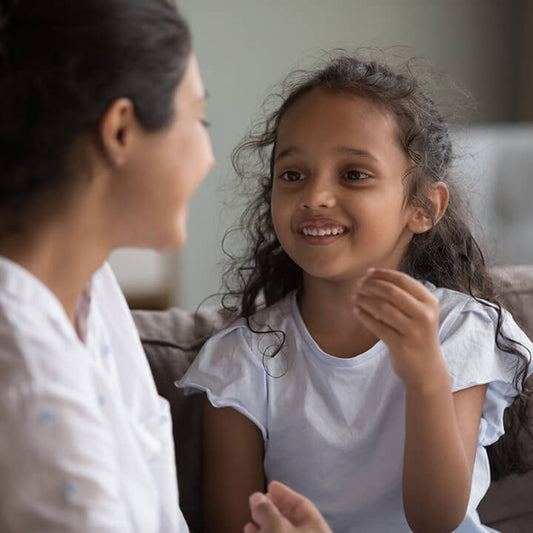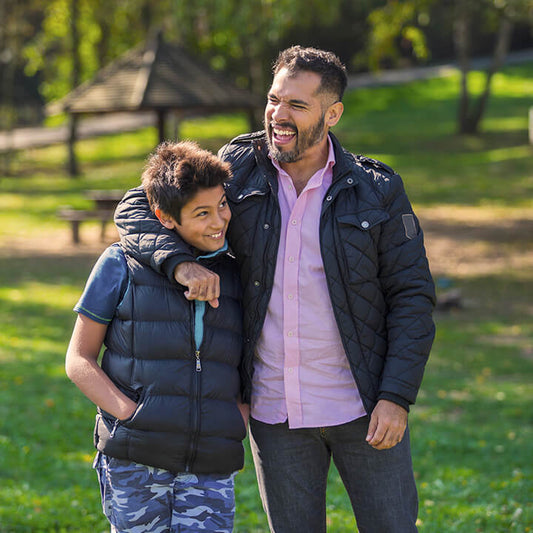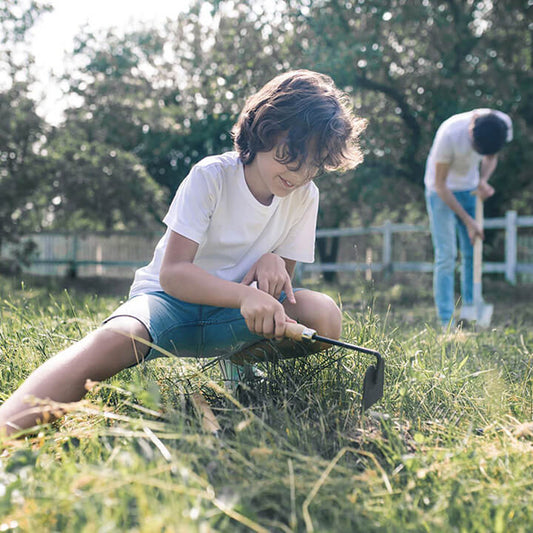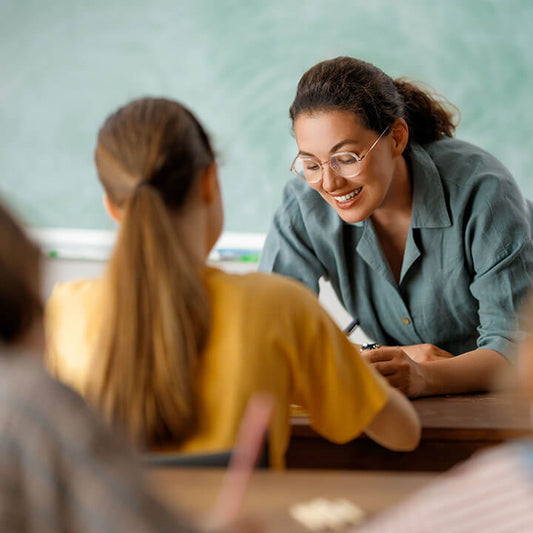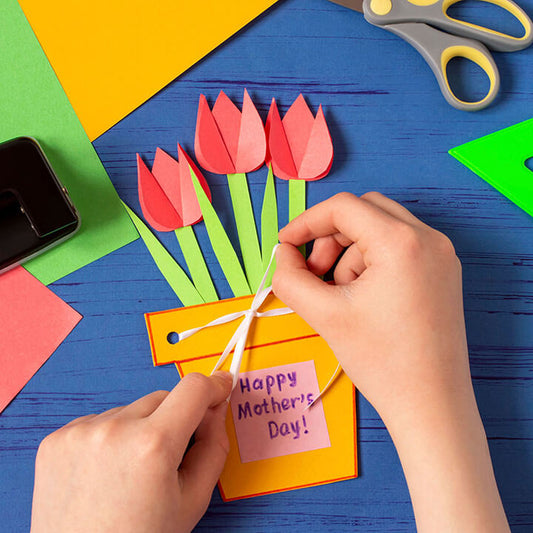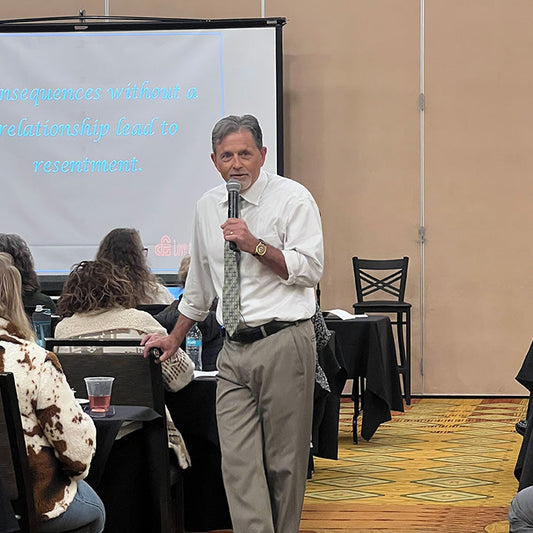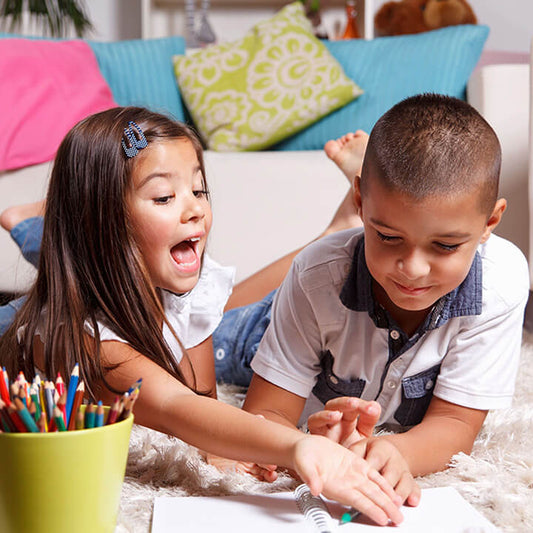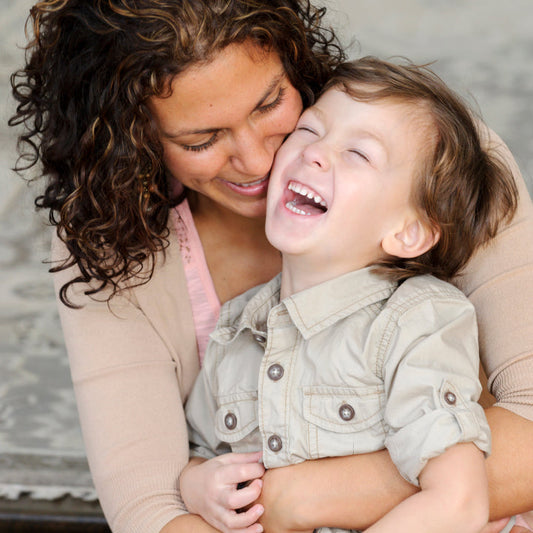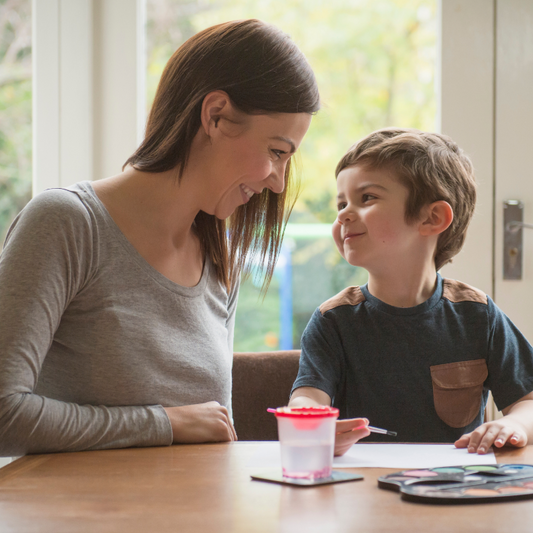Perhaps more than ever before, we are hearing from parents and teachers who are faced with the challenges of working with kids who have experienced some level of trauma. Love and Logic’s emphasis on empathy is even more important when working with these kids and we believe that there is help and hope for these kids.
We believe that adults who are successful with traumatized kids share two qualities. First, they are unconditionally loving and responsive to the needs of the kids. Second, they are strong and communicate healthy expectations in the form of limits. These adults can change lives because they teach kids that they can be loved, they can love others, they can solve problems, and that they are capable.
Why Empathy Is the Key to Helping Kids Heal from Trauma
The key to providing help and hope is empathy. Without empathy, adults will unfortunately trigger reactions from kids that stem from the trauma in their background. Any time adults deliver consequences with anger, frustration, lectures, or sarcasm, they only cause kids to become defensive and resistant.
With kids who have experienced trauma, this fight or flight reaction can be even more pronounced. This is because the neural pathways for survival have become exceptionally well developed and automatic due to the traumatic experiences. Using sincere empathy raises the odds that the child’s brain will remain calm enough to learn from their circumstances.
As we support kids with challenging pasts, it is important to avoid delivering consequences with anger and lectures and, at the same time, keep in mind the following differences between sympathy and empathy. Because they care, adults hate the pain that the kids have experienced and want to help them heal. However, when we render help, we must recognize that feeling sorry for kids isn’t the same thing as loving them and empowering them to heal. We must distinguish between sympathy and empathy.
Sympathy Versus Empathy: Why the Difference Matters
“Feeling sorry for” someone can lead us toward unintentionally sending the unstated message:
“This is so horrible that you’ll never be able to cope and find joy in your life.”
“Loving” someone means purposefully sending a very different unstated message:
“I can’t imagine how much this must hurt. I’m so sorry this happened to you.
I’m here for you. I believe in you.”
Guiding Traumatized Kids to Own and Solve Their Problems
We believe that maintaining healthy expectations with kids who are challenged is critical for building their self-esteem. If abundant empathy is used appropriately, Love and Logic’s five steps for helping kids own and solve their problems can be used with any child, regardless of their background.
Five Steps for Helping Kids Own and Solve Their Problems
- Step 1: Provide a sincere dose of empathy.
- Step 2: Ask, “What do you think you are going to do?”
- Step 3: Ask, “Would you like to hear what some kids (or students) have tried?”
- Step 4: Provide two or three options. After each ask, “How will that work for you?"
- Step 5: End with, “I wish you success. Please let me know how it works out for you.”
These steps can help any kid learn to be responsible and solve their own problems. When this happens, they will develop healthy self-esteem and self-concept. For more practical strategies that help kids build these strengths—and that you can start using right away—listen to our audio, Shaping Self-Concept.
Thanks for reading!














